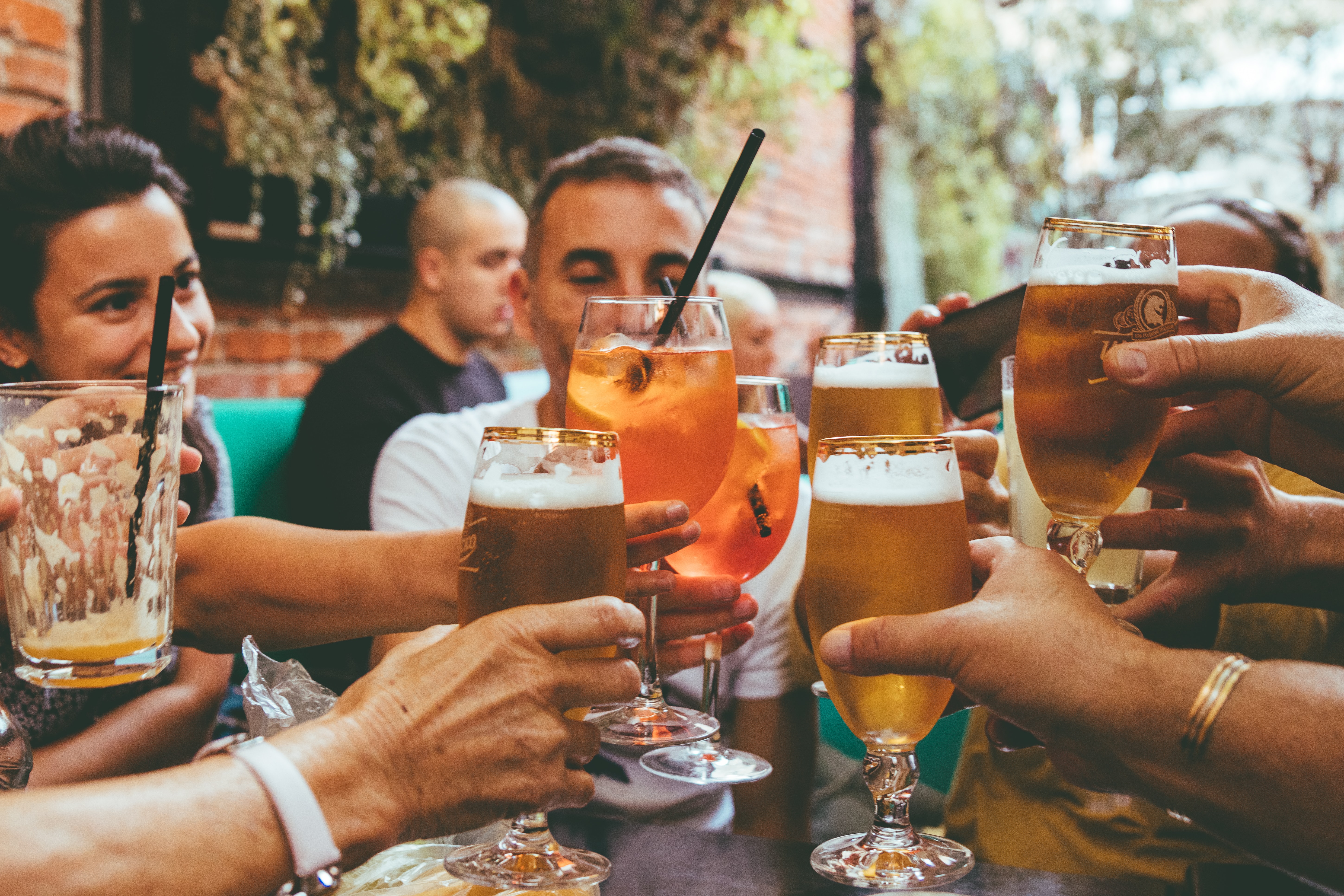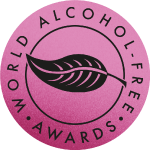The rise of Mindful – why zero-alc consumers think differently
17 October 2022
Alcohol-free products are being integrated into an increasingly varied and sophisticated drinking repertoire, with previously unthought-of consumption occasions adding further energy to an already vibrant category, according to research.
In the early days of No- and Low-Alcohol, the products were often seen as being targeted firmly at people who, whether for religious, health or lifestyle reasons, were giving up alcohol completely.
But now the category is becoming increasingly used by those who still drink, but want to moderate their consumption.
‘If the non-alc industry was booming because it’s cool and trendy, then I wouldn’t see much of a future here,’ says Kayla Winter, winemaker at BevZero.
‘Fortunately the demand is not based on trending Tiktok videos, but an overall population shift towards healthy and mindful living.’
According to Mariana Fletcher, Head of Analytics at market research body IWSR, the increasingly sophisticated – and varied – range of products on offer is making No/Lo not just healthy, but aspirational as well.
‘The social element is very important,’ she says. ‘No- and low-alcohol drinks provide the opportunity for consumers to feel like they belong in a social setting where alcohol is normally consumed.
‘[But] these drinks also provide options for those who want to enjoy the taste of traditional alcohol drinks, like a beer or a cocktail, while moderating their intake.’
Laura Willoughby describes her Club Soda as a ‘global mindful drinking movement’ for people who want to explore the world of adult drinks outside alcohol.
‘In amongst the 25-30m people cutting down their drinking are lots of different motivations,’ she says. ‘Some have no intention of giving up, or just want to stop a couple of days a week because they know it’s bad for their health. Others have other priorities.’
Different strokes
And this range of motivations means there are real opportunities for non-alc products, in particular, to break into spaces that have always been closed to alcohol, according to market analysts IWSR.
‘Many no/low beverages target specific alcohol occasions, such as unwinding and socialising at the end of the day,’ said IWSR’s COO, Emily Neill. ‘But no-alcohol beer, in particular, is able to stretch outside of these occasions.’
She cites the example of UpFlow beer in Australia, which has added electrolytes for hydration and is finding success in the sports and wellness space.
If this sounds like a fad, then think again.
As a spokesman at drinks giant Diageo put it, ‘No/low drinks are for anybody.’
Pic: Fred Moon, Unsplash


